Last year I mentioned to a friend that as a college educated straight white cis male born in a wealthy suburb, I have all the privileges except one: Christian privilege. My friend replied that there’s no such thing despite my many daily examples of feeling “less than” for not subscribing to Christianity. My friend’s main point seemed to be that yes
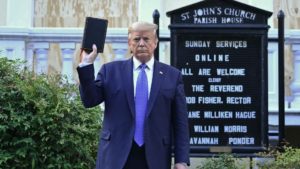
those things were real but it was unfair to paint all Christians with a single brush. Many Christians don’t wield their religion as a weapon.
I replied, “So you’re saying hashtag not all Christians?”
Today people knee-jerk the equivalent of “hashtag not all [insert group here]” a lot. It shows up as #NotAllCops. It shows up as #AllLivesMatter. It started as #NotAllMen when #YesAllWomen became a movement. Sometimes it shows up as a 300-word statement without any hashtags at all.
I was totally guilty of the #NotAllMen thing, and it hurt when some of my best friends beat me down hard over it. I got pretty righteously smacked around, and it took me a while to understand why.
It doesn’t matter that #NotAllMen is a true statement. It doesn’t matter that #AllLivesMatter is a true statement. It doesn’t matter that #NotAllCops is a true statement. What matters is that each of them is a different way of saying, “I am not listening to you. I reject what you are trying to tell me. I won’t try to understand.”
Any time you feel the need to say “yes, but hashtag not all [whatever group you belong to],” stop. Instead of making it about you personally and defending yourself (“maybe there are women who have suffered harassment or abuse, but NOT FROM ME”), listen. They are giving you a chance to see the world from their perspective, to step into their shoes and imagine what life is like for those without the privilege you take for granted.
As a man, I haven’t ever felt at risk of sexual abuse, and I believe I honor every woman’s right to feel safe from abuse. So, being told that I am perceived as a threat by women who don’t know me (#YesAllWomen) felt like I was personally being attacked–I felt like I am being pre-judged based on how I look, not on who I am.
As long as I was in my #NotAllMen defensive posture, I was unable to see the systemic sexual oppression that women were trying to explain to me. My male privilege made it a blind spot. Blind spots aren’t moral failings; we all have them. Defensiveness, however, is an intellectual failure.
When you hear a black person say “black lives matter,” stop hearing “your life does not matter.” Start hearing what the phrase represents: That every black person is suffering some form of discrimination, harassment, or violence every minute of their lives in America. Instead of denying that systemic racism exists because you can’t perceive it, consider that you may have a blind spot. Listen to what black people are saying, then look for examples in your own life where a black person’s experience might be very different from your own.
It’s not hard to do.
All you have to do is realize that any time you feel like answering with #NotAllPeopleLikeMe, you have an opportunity to see your own privilege and learn to understand how people without that privilege experience America.

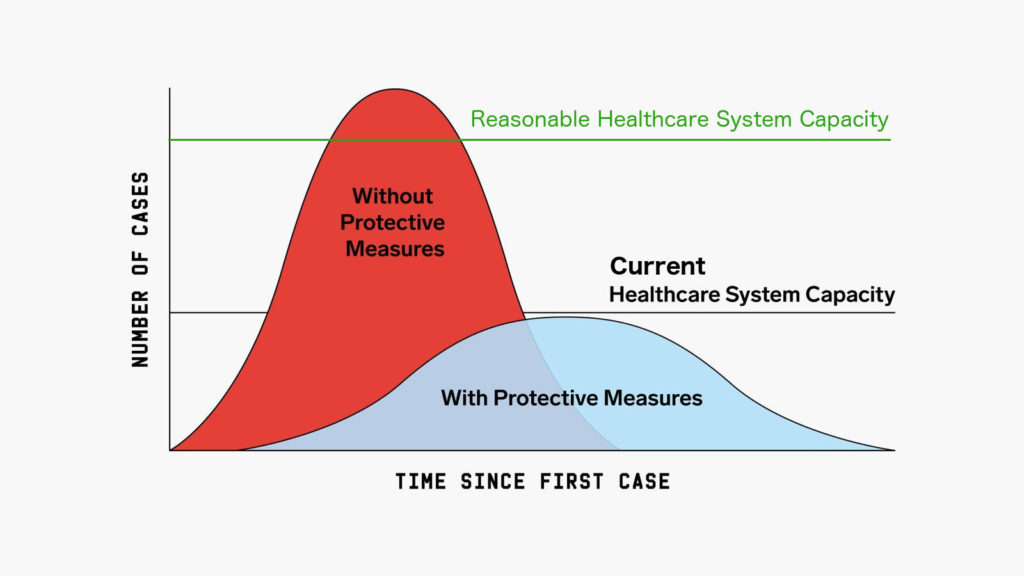
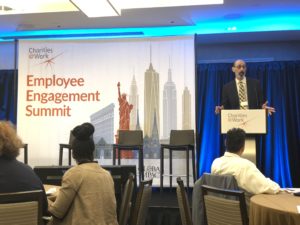



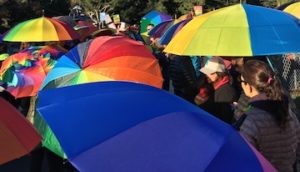

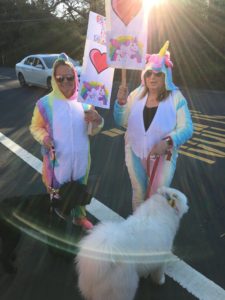

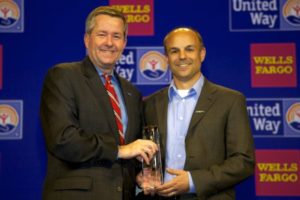


 CBS news posted
CBS news posted